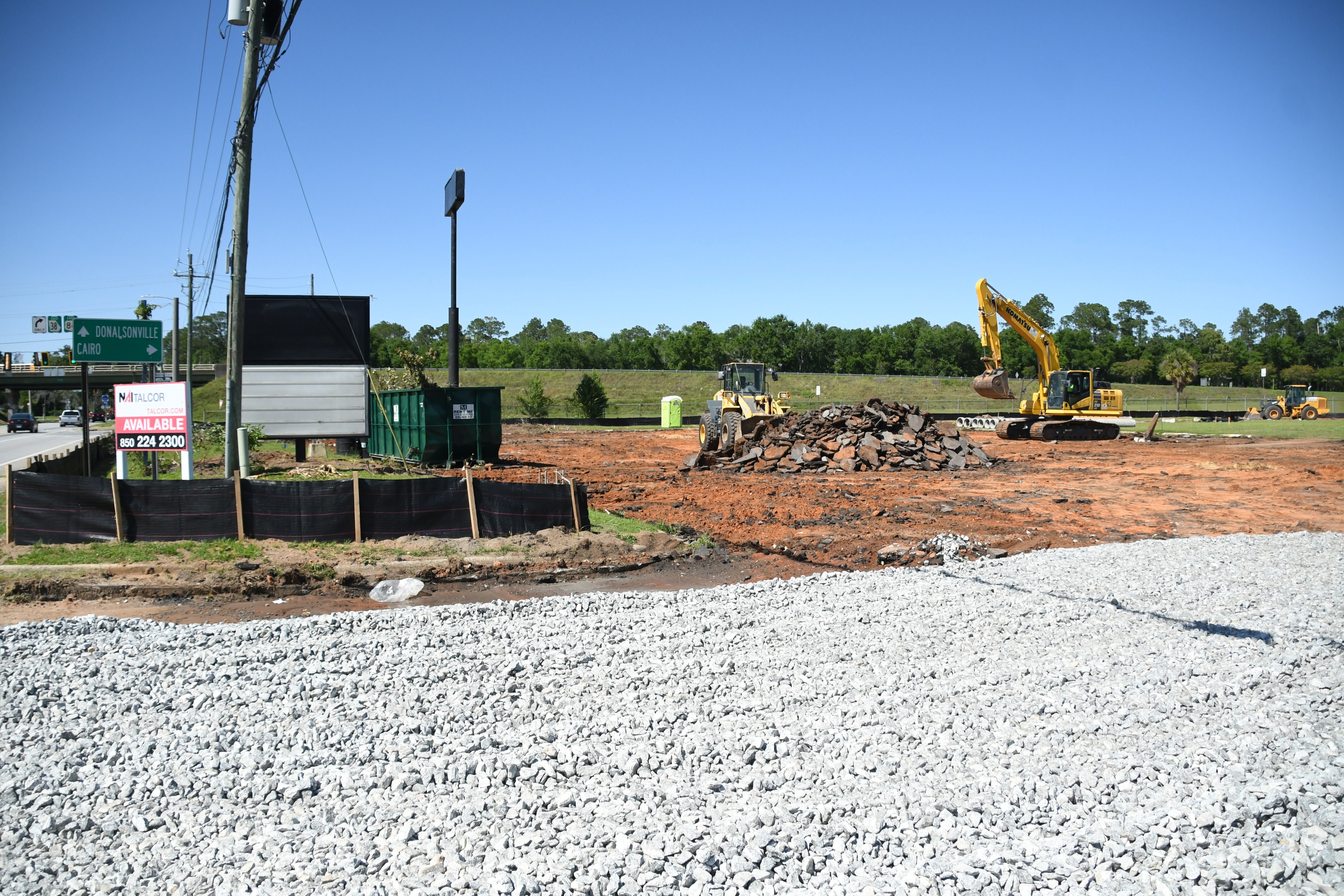Plan now for unexpected early retirement
Published 2:30 pm Friday, March 26, 2010
None of us can see what the future holds for us.
But you have to make certain assumptions if you’re going to create a strategy for building the resources you’ll need for a comfortable retirement.
But what happens when those assumptions prove unrealistic?
Unfortunately, many people are wrestling with this very problem. Specifically, they plan to work until a certain age—but they leave the work force earlier. Obviously, this can have a big effect on a variety of other retirement income factors, such as the amount of money they need to put away each year while they’re still working and the age at which they should start collecting Social Security and begin tapping into their IRA, 401(k) and other retirement accounts.
Just how big a problem is this?
Consider the following statistics from the Employee Benefit Research Institute’s 2009 Retirement Confidence Survey:
Forty-seven percent of retirees left the work force earlier than planned.
Of that total, 42 percent did so because of health problems or disability, 34 percent left due to their employers’ downsizing or closure, and 18 percent left to care for a spouse or another family member.
So here’s the bottom line: Even if you think you’re going to work until, say, 65, and you want to work until 65, you may be forced to quit at 62, 60—or even younger.
And during those years you won’t be working, you’re not just losing out on earned income—you’re also not contributing to your 401(k) or other employer-sponsored retirement plan, and you might lose your ability to contribute to your IRA as well.
At the same time, your retirement lifestyle expenses have begun earlier than you anticipated—and many people find that these costs aren’t much, if any, lower than the expenses they incurred while working.
What can you do to help avoid coming up short of the income you’ll need during your retirement years?
For one thing, don’t spend a lot of time focusing on those things you can’t control, such as downsizing or an unexpected health crisis or disability. Instead, concentrate on those factors over which you have power.
Consider the following:
Maximize your contributions to your 401(k) and IRA. Each year, put as much as you can afford into your IRA and your 401(k) or other employer-sponsored retirement plan.
Invest for growth. Include growth-oriented investments, such as stocks, in your balanced portfolio if appropriate for your objectives, risk tolerance and time horizon. While it’s true that growth vehicles will fluctuate in value, you can help reduce the effects of volatility by buying quality investments and holding them for the long term.
Create alternative plans. While you may want to construct an investment strategy based on retiring at a certain age, you’ll also want to come up with some alternative scenarios based on different retirement ages and corresponding differences in other factors, such as amounts invested in each year, rate of return, age at which you begin taking Social Security, and so on. A financial professional can help you develop these “hypotheticals.”
You can’t predict the future. But you can at least help yourself prepare for those twists of fate that await you as you plan for retirement.



